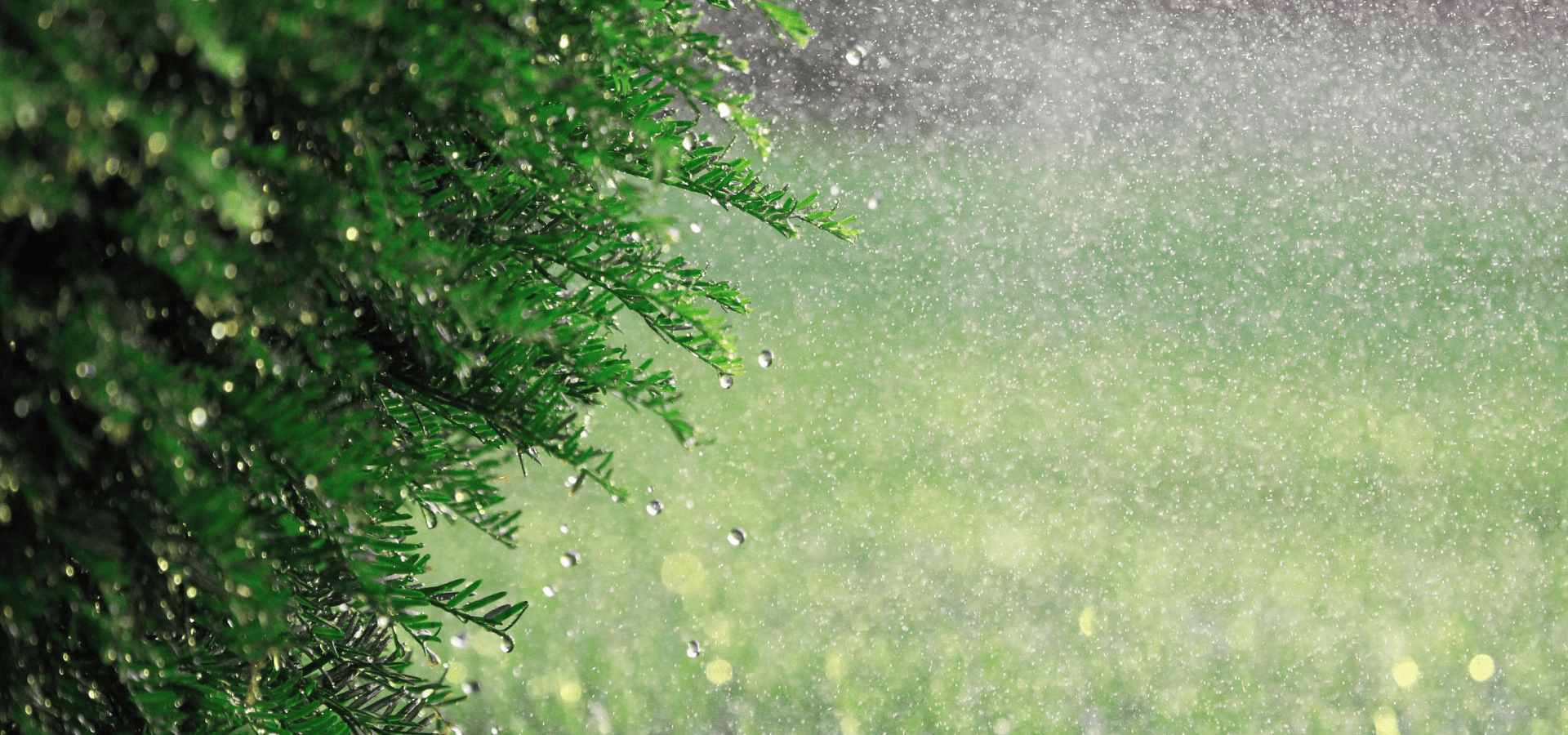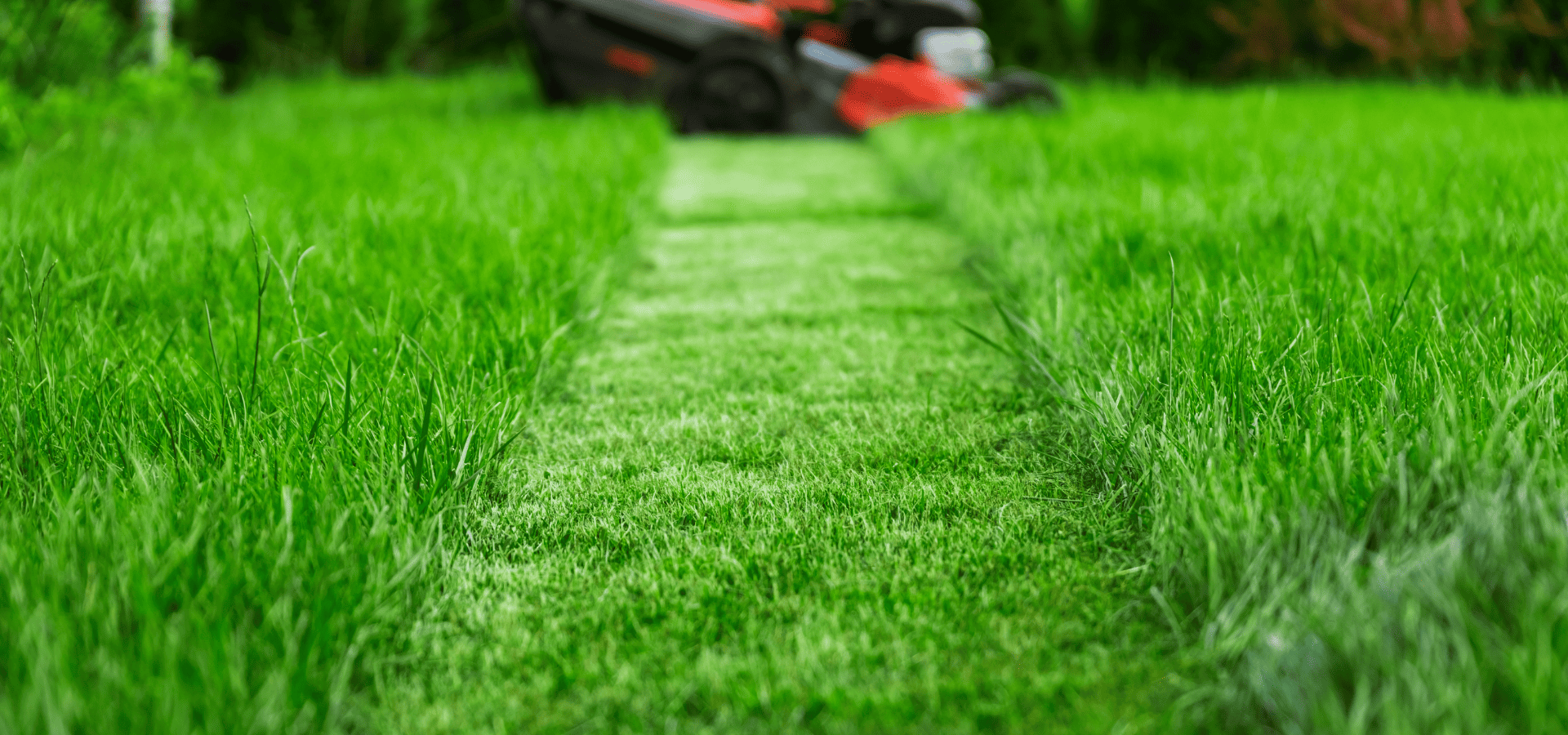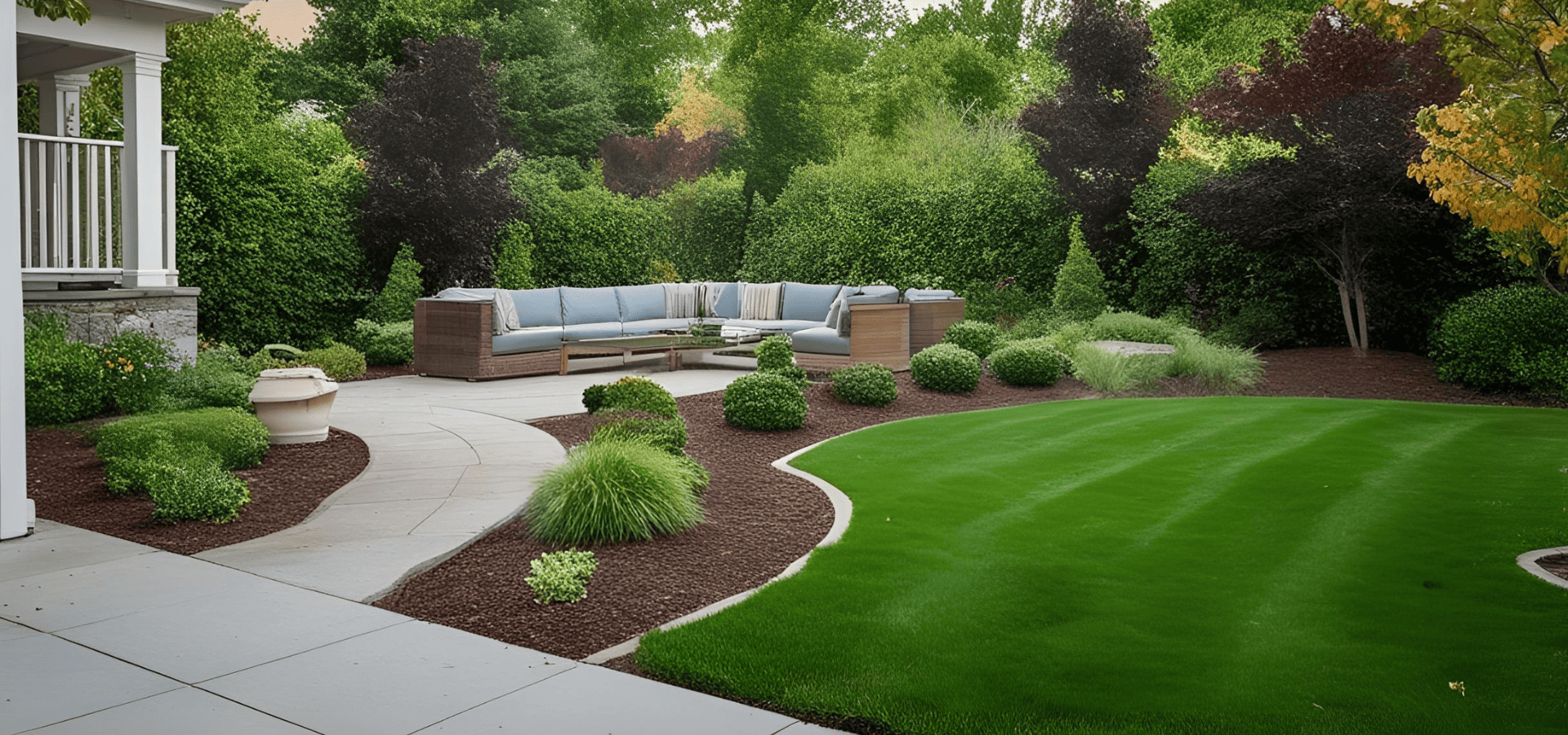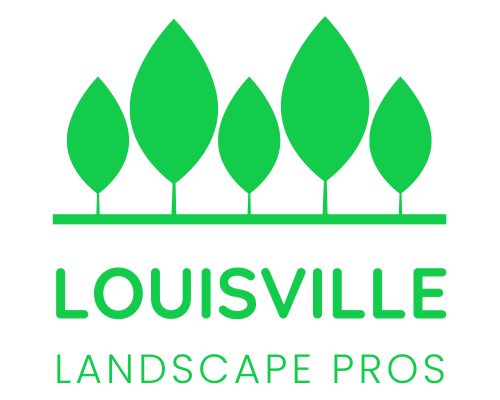Expert Guide To Lawn Care
Your lawn is a crucial part of your landscape’s aesthetic appeal. It’s just a patch of green grass, and most of the time, people won’t notice it very much–that is until it starts to look unsightly.
Lawns are one of those things where people take for granted that they should look great all the time, so when they don’t, they really stand out.
Unfortunately, lawn care isn’t as simple as just lawn mowing. Lawn mowing does make up a large part of lawn maintenance, but without other maintenance, your lawn is soon going to fall apart.
So if you’re looking to learn how to keep your lawn in tip-top condition all the time, let’s begin. Alternatively, feel free to contact
Louisville Landcape Pros for a hassle-free, hands-off solution.
1. Mowing
Since mowing is going to make up the largest part of your lawn maintenance routine, let’s start with that first.
Your Grass Type
You may or may not know this depending on how involved you are with your lawn, but there are two main grass types for lawns–cool season and warm season grasses.
Cool-season grasses are used for regions where winters are colder and summers are milder.
Warm-season grasses are best for regions where winters are milder and the summers are hotter.
Warm-season and cool-season grasses have different active growth seasons, mowing requirements, water requirements, and so on, so you need to know your lawn grass type to be able to tailor your maintenance.
Frequency
Cool-season grasses grow the most in spring and fall, but even warm-season grasses still grow steadily during these seasons, so weekly mowing is recommended, whether it’s warm or cool-season grasses you have.
Nailing your lawn care schedule for Louisville is an important part of success, so you need to time your lawn care carefully.
In summer, this is when warm-season grasses grow the most actively, so you’ll need to mow once every 5-7 days, and possibly even more if you see them growing extremely quickly.
For cool-season grasses, their growth slows down in the summer, so you should only need to mow once every 7-10 days.
In the winter, even the growth of cool-season grasses will slow down a lot, so whether it’s cool or warm-season grasses, you should only need to mow once every few weeks, or even none at all if your grass is in dormancy.
So those are general guidelines for each season. However, there can be exceptions. You may need to mow more or less often depending on your grass species.
You’ll know it’s time to mow when the grass blades are getting long or bending over, or if you see uneven patches.
How To Mow
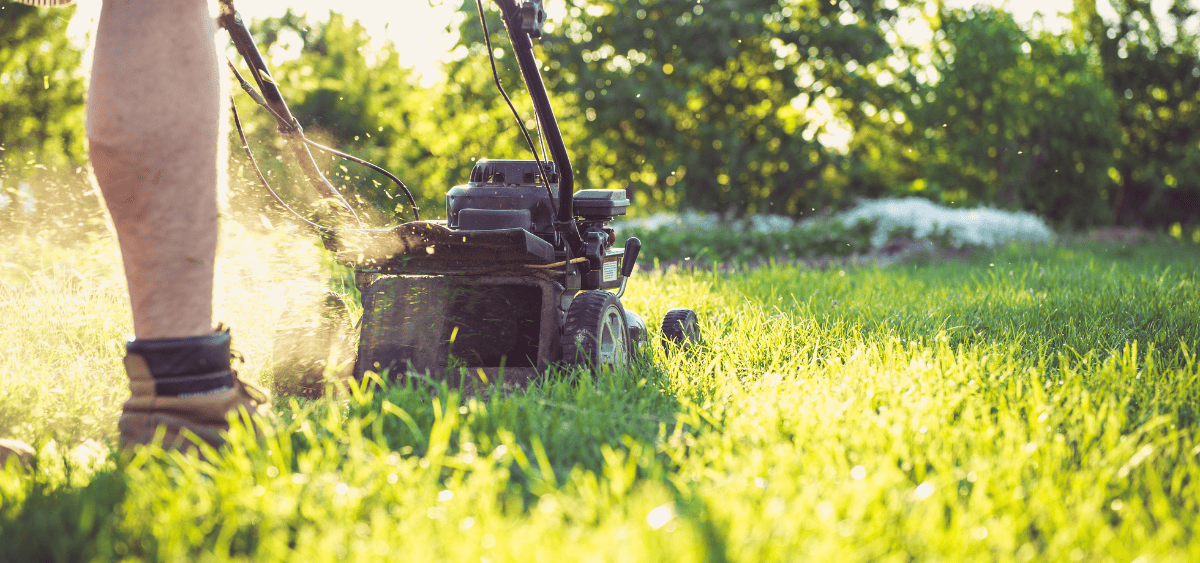
Each grass will have an ideal height, so your goal should always be to maintain it at that height. However, there’s really no one height that fits all grasses, so you’ll need to read up and research your grass type’s ideal height.
Never cut more than a third of your grass height in a single mow, as if you cut too much, your grass may not have enough leaf surface area to photosynthesize and get enough food.
This also means that you shouldn’t let your grass exceed 1.5 times of its recommended height, or you’ll have to mow more than a third of it to get it back to its ideal height.
When mowing, make sure the blades are sharp so that they cut cleanly rather than pull at the grass, which can damage them and make them less healthy.
2. Watering
Now for the watering, you want to water deeply each time to encourage deeper root growth and overall better plant health.
Aim for 1-1.5 inches of water per week, and split it into 2 or 3 sessions per week. Don’t try to water less and more frequently, as that will lead to more shallow roots and weaker plants.
You want to water deeply and you want the water to stay in your soil, so 5-10 am is usually a good time to water as that’s when the sun isn’t up yet, so minimal water will be lost to evaporation.
These are good rules of thumb and should work for most lawns, but there can be exceptions.
Look out for water pools or mushy ground, as that means you’re overwatering. If instead, you see your grass blades start to wither and curl up, that means you’re not watering enough.
3. Fertilization
For fertilization, here’s when you should be applying fertilizer and how much for warm and cool-season grasses.
Spring
At this point, cool-season grasses are beginning to start actively growing, so you need to help their growth, starting with light fertilization, and then moderate fertilization in late spring.
Even though they’re actively growing, we don’t want to cause fertilizer burn, so it’s best not to do heavy fertilization as they will be coming out of dormancy.
For warm-season grasses, they’ll only begin actively growing in the summer, so not much fertilization will be needed.
Since you’ll want the fertilizer to start taking effect in the summer, you can begin light fertilizing in late spring. No fertilization whatsoever will be needed in early spring.
Summer
In the summer, this is the best season for warm-season grasses to grow super actively, so you want to heavily fertilize your warm-season grasses.
For cool-season grasses, their growth will slow down a lot, so just light fertilization will suffice.
Fall
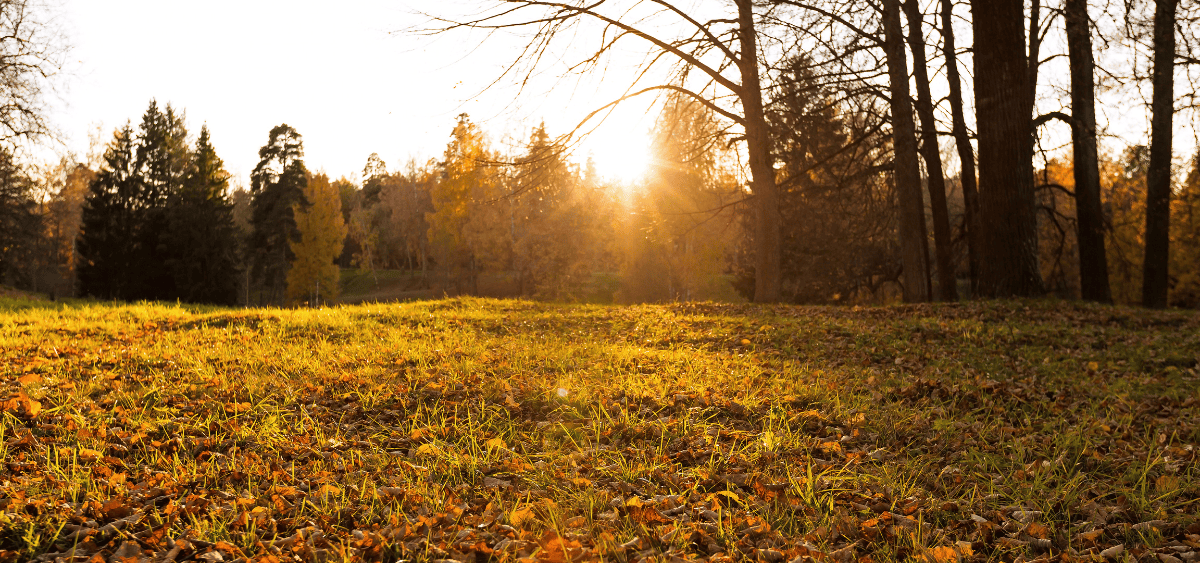
When fall comes, it’s time for cool-season grasses to take the limelight. Fall is usually cooler than spring, which is why cool-season grasses grow the most actively in this season.
Of course, you should be heavily fertilizing cool-season grasses in this season to support their growth.
On the other hand, as you’d expect, warm-season grasses slow down their growth in this season, so just light fertilization is necessary.
Winter
Finally, during the winter, neither cool-season nor warm-season grasses are growing very much, and cool-season grasses tend to go into dormancy, so there’s no need to fertilize either grass type.
4. Aeration
Soil health isn’t often the first thing people think of when it comes to maintenance, but it’s an important component nonetheless. Without healthy soil, no matter how perfectly you water your lawn or how much fertilizer you give it, your grass isn’t going to grow very well.
Over time, even if your soil is initially healthy, it can become compacted, which means fewer gaps for water, nutrients, and even oxygen to reach the roots.
To test if your soil is compacted, try to drive a screwdriver into the soil. If it’s unusually hard to insert, chances are, your soil is compacted.
When this happens, you need to aerate your soil.
However, while it may seem logical to address the issue immediately, it’s actually better to wait till your grass is more actively growing.
This is because aeration, while beneficial in the long run, actually cuts away some of your grasses’ roots in the process, so in the short term, they need some time to recover.
This can be hard if they’re in slower growing seasons, especially when sunlight is scarce. As such, you’ll want to perform the aeration in the seasons where they’re actively growing so that they can regrow these roots and recover more quickly.
For cool-season grasses, this will be in the fall, while for warm-season grasses, this will be in late spring.
The reason why it’s better to aerate warm-season grasses in the spring rather than summer is that if you aerate them in the summer, even though that’s their peak growth season, the heat still adds additional stress.
As such, ideally, you want them to be able to use the period in late spring when they’re ramping up for summer growth to recover from the aeration.
5. Weed Control

A lush, healthy lawn will naturally suppress the growth of weeds by competing with it for resources like water and sunlight.
But if that isn’t enough, you can either employ herbicides or opt for natural remedies like a vinegar solution. Natural remedies will do for less serious weed invasions, but for more severe cases, you’ll likely need to use herbicides.
6. Pest Control
Similar to weeds, more severe situations will warrant the use of chemical pesticides or insecticides. But for milder cases, chemical-free solutions will do. These include:
- Traps
- Diatomaceous Earth
- Encouraging pest predators
- Neem oil spray
Conclusion
Alright, we’ve covered all the important parts of lawn maintenance, so you should be well-equipped to keep your lawn in peak condition in all seasons.
Before we end off, one final tip is to keep an eye on your soil health. Like we explained earlier, you can do everything right and still not have a healthy lawn if your soil isn’t healthy.
As such, even if your lawn is healthy, it’s good to do a soil test every two years or so just to make sure that it’s still healthy, because you don’t want to wait till your lawn starts to show signs of distress to remedy it. Prevention is better than cure.
And if neccessary, of course, amend the soil as needed. As long as you’re doing your soil tests and the rest of your maintenance tasks, you’ll have a lush, green lawn all year-round (except winter of course).
You might also like
